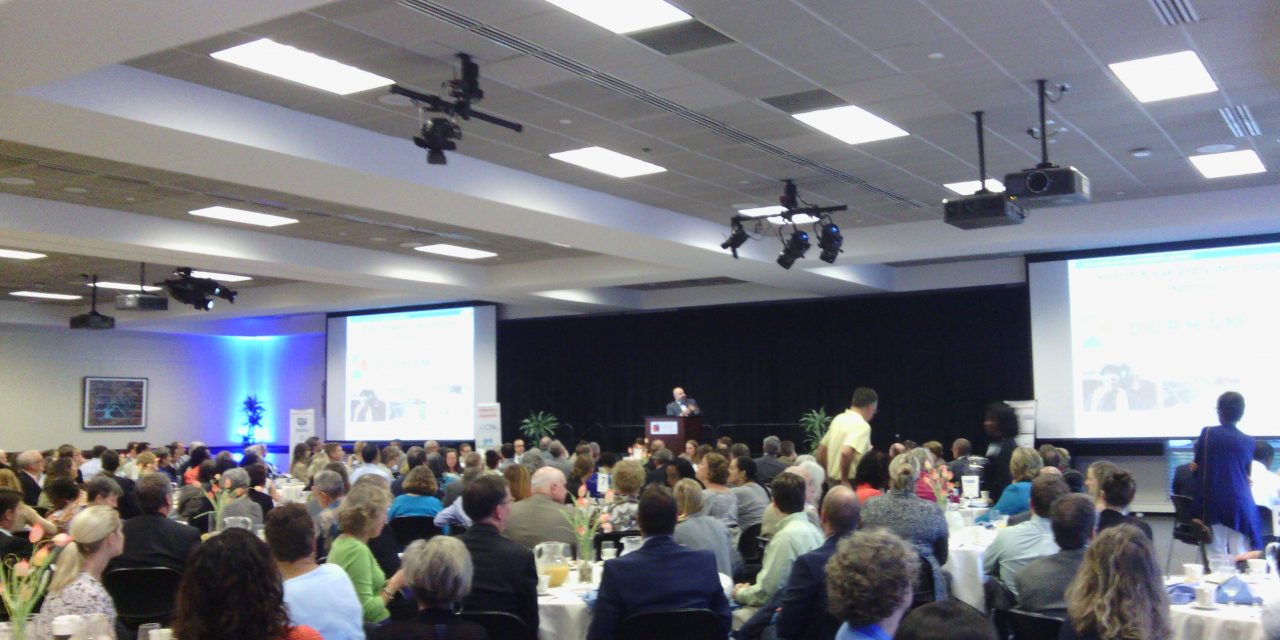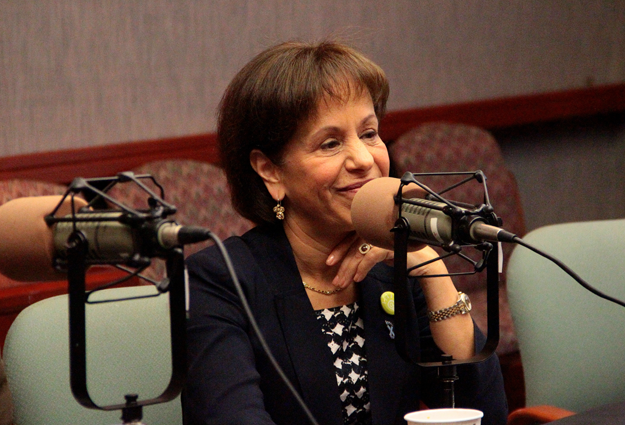The affordability issue is a big one in Orange County, and it’s an issue with many facets – one of which is the cost of rental housing. How is the cost of rental housing changing in our community?
“My view (is that) we have a supply-demand problem,” says Chapel Hill-Carrboro Chamber of Commerce president Aaron Nelson. “Great schools (and) great quality of life (combined with) limited supply of housing has been a big driver pushing prices up.”
How much is the cost of rental housing going up? According to U.S. Census data, between 2007 and 2009, 70 percent of Orange County renters were paying between $500 and $1000 per month for their units, while about 23 percent were paying more. Nelson says that’s changed.
“Now 23 percent (are) paying between $1000 and $1500 – that’s up – and the percentage of people paying more than $1500 a month is now at 11 percent,” he says. “Taken together, that’s 34 percent of folks paying more than $1000 a month.”
Sixty percent of Orange County renters still pay less than $1000 a month – but that’s down 10 percent from 2009, even though the cost to buy a house in Orange County has remained nearly flat.
But what’s important isn’t so much the dollar amount itself as the ability of residents to afford it. Housing is considered “affordable” if it takes up 30 percent or less of your income before taxes. By that standard, can Orange County residents “afford” the homes they’re renting?
Nelson says some of us can. According to the census data, 42 percent of Orange County residents are paying less than 30 percent of their incomes on rent. But over half of us are paying more – in some cases, much more.
“30 percent of the population of Orange County is spending more than 50 percent of their pre-tax (income),” Nelson says. “In take-home (terms), that’s 60-some odd percent…
“And that’s just the rent part. When we say ’30 percent equals affordable housing,’ we mean rent plus utilities.”
And of course that number only counts those people who still choose to live in Orange County – not those people who choose to live elsewhere, or have chosen to move out.
“And so this is (still) a real challenge we have in our community, the cost of housing,” Nelson concludes.
Nelson made those comments last month, delivering his annual State of the Community report.







Comments on Chapelboro are moderated according to our Community Guidelines